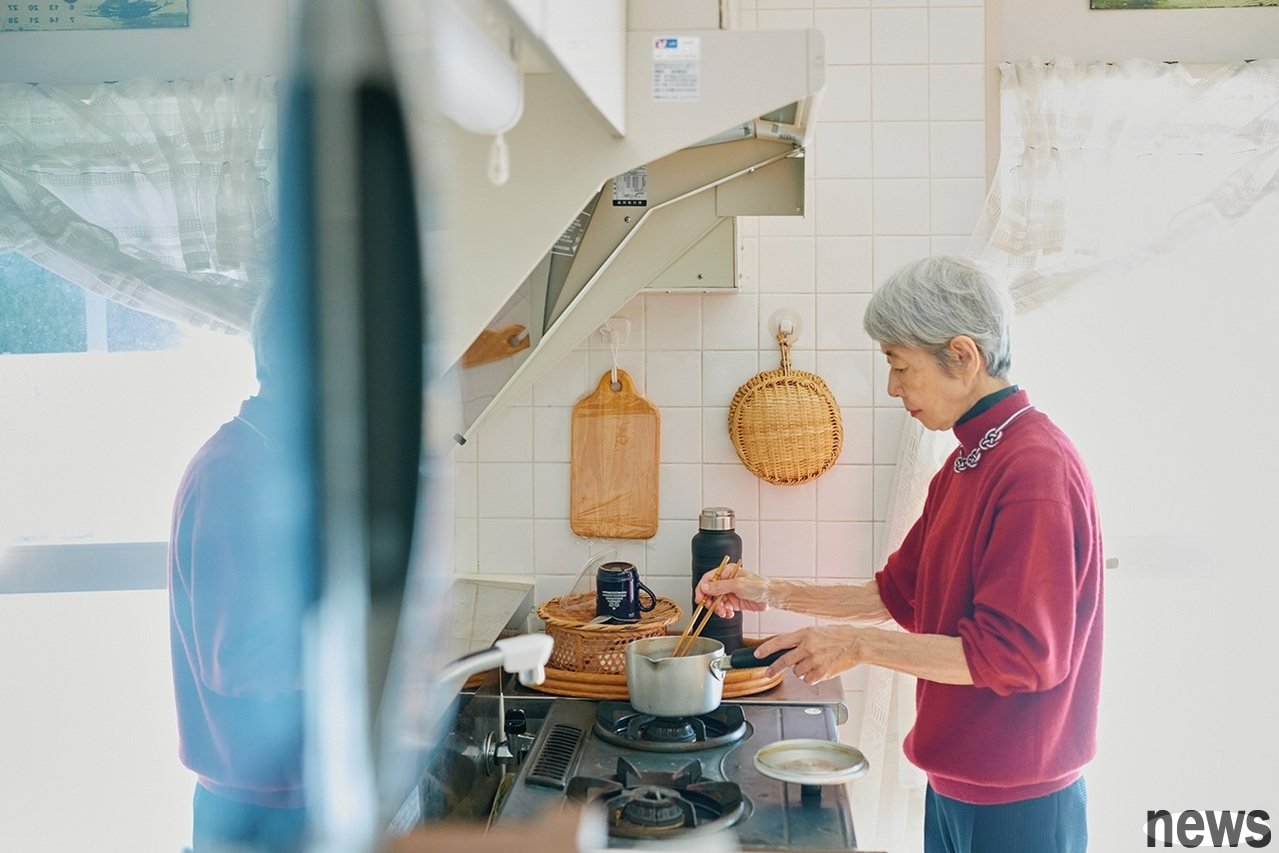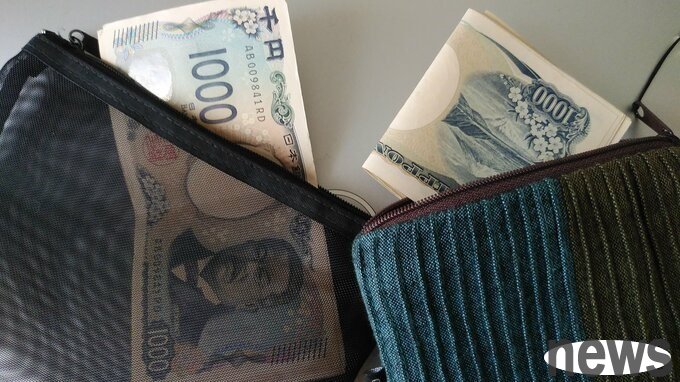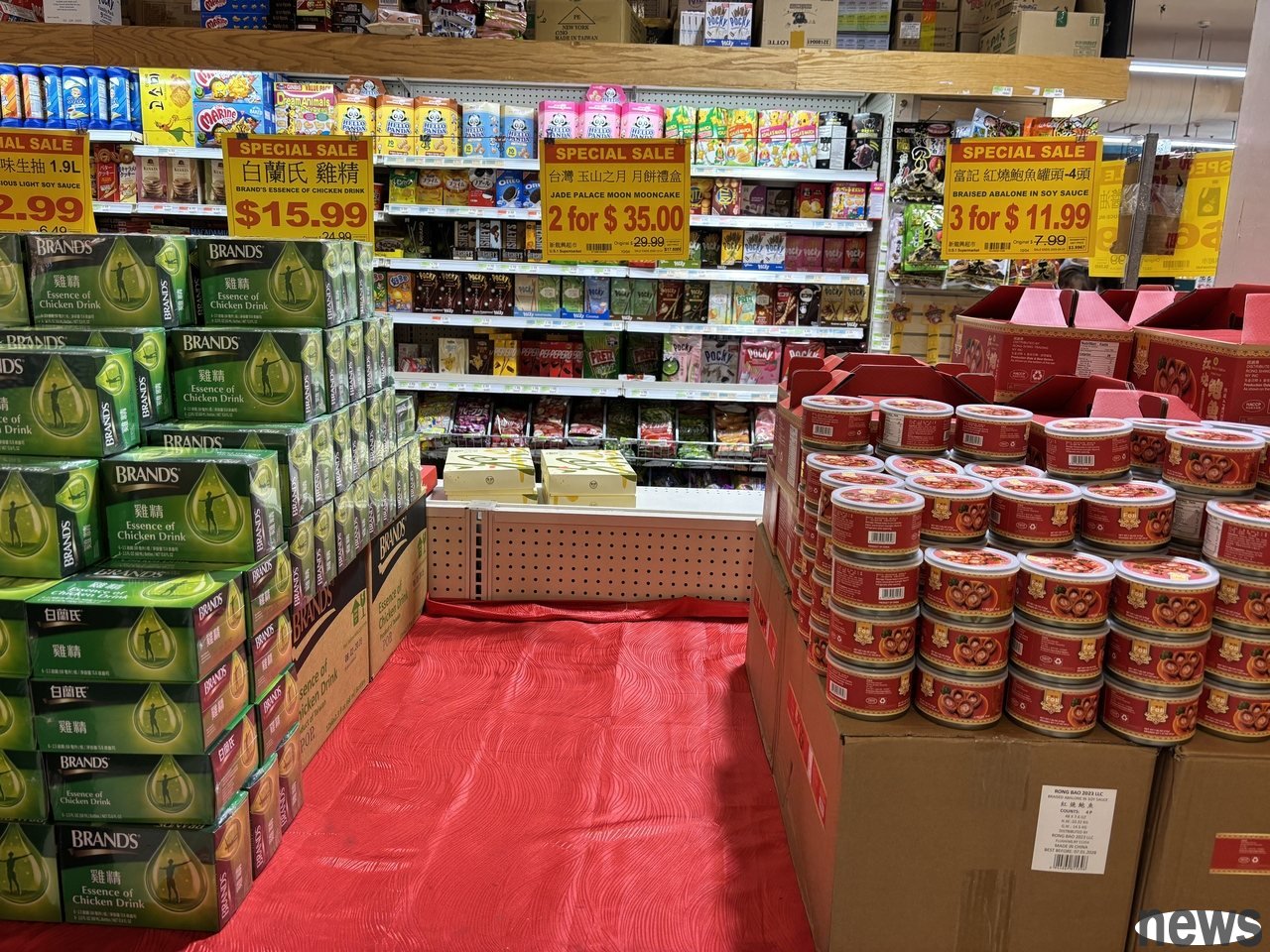The 76-year-old Yoko Ogasawara, who has worked in galleries and art museums and is now a Japanese art essayist, is a well-known thrift expert. She adheres to the "Stingy School" and once shared that she lives on only 1,000 yen (approximate...

The 76-year-old Yoko Ogasawara, who has worked in galleries and art museums and is now a Japanese art essayist, is a well-known thrift expert. She adheres to the "Stingy School" and once shared that she lives on only 1,000 yen (approximately NT$200) a day. The following are four things she shared on ESSE Online that can be more effectively saved after she no longer does them in daily life.
1. Instead of using a wallet, use a storage bag insteadOgasawara claims that she no longer uses a wallet. In the past, she used to use a wallet left by her mother, but as the years wore out, she eventually had to find something new. After entering the store, she was shocked to find that the price of the leather wallet was quite expensive for her, so she had to give up the idea.
On the way home, she was thinking about how to take money out. On a whim, use a makeup bag or small organizer instead of a wallet. She chose a hand-woven style fabric, flat and thicknessless style for going out; for daily use, she switched to the transparent mesh bag she loved to use when traveling in the past, which was unexpectedly strong and convenient.

The second thing she no longer buys is tableware. She recalled: "I originally longed for a simple living space, but I found that the house was full of almost unused tableware." Later, she simply gave the extra dishes to friends and stored the remaining tableware in a small area.
From then on, she no longer bought new items because "beautiful tableware can make dining more enjoyable", nor did she replenish damaged tableware. Now I only use five main pieces of tableware and live a simple but comfortable life.
3. No longer buy new accessories, instead use transformation and rebirthSince the age of 60, Ogasawara has stopped buying any new accessories. She admitted that the temptations of jewelry are endless. They are small, do not take up space, and the price is often tied to the brand value, making it easy for people to buy impulsively.
In order to save money, she learned to stop when shopping, first think about the accessories she already owns, and find out the joy of "creating a new life". For example, she transformed her father's tie clip into a pendant, and turned the metal ring on the handle of a broken umbrella into a pinky ring. "The value of jewelry does not necessarily come from expensiveness and popularity, but from creativity and stories."

Finally, she decided to quit the habit of "going to the supermarket every day". In the past, Ogasawara believed that home delivery would make people buy too much, which would increase the burden of life, so he insisted on buying in person as part of his daily exercise. However, an injury forced her to rely on home delivery services, which changed the way she shopped.
Ogasawara said that he changed the previous budget of 1,000 yen (approximately NT$200) per day to the home delivery limit of 5,000 yen (approximately NT$1,000) per week. This is a small warning line to prevent himself from buying indiscriminately.
Although moderation is sometimes hard, such a life allows her to learn to live with her own rhythm and appreciate every expense in life.